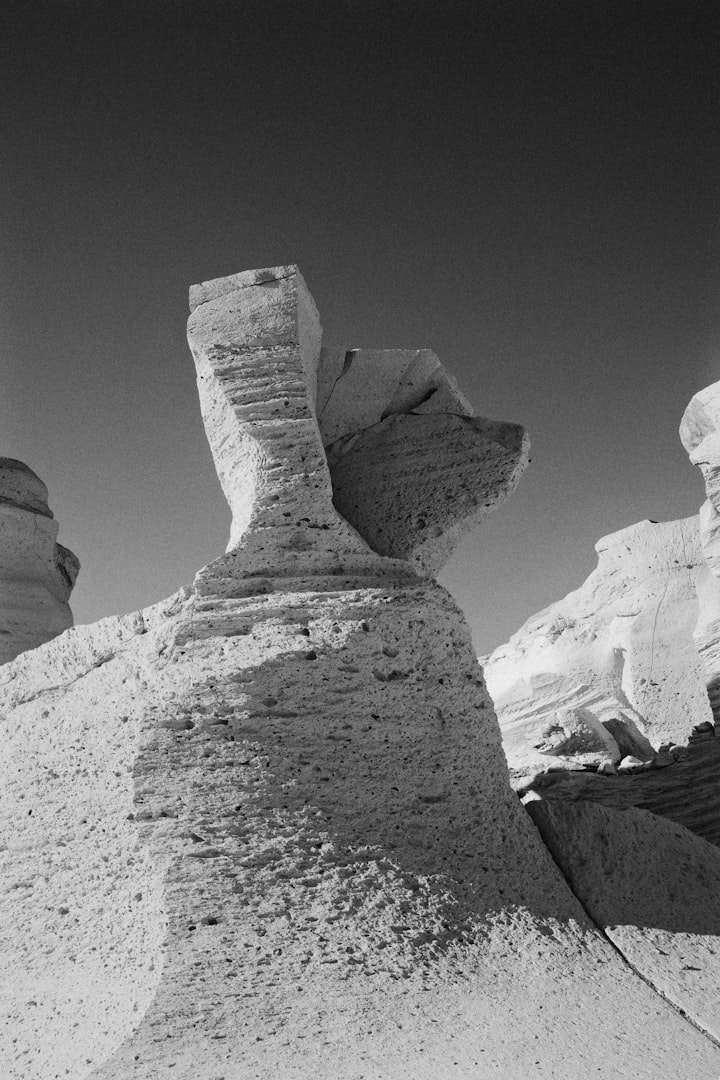The Majestic Beauty of Wild Horses
Exploring the Importance and Significance of Wild Horses in Ecosystems and Cultures

Wild horses, also known as mustangs or feral horses, are an iconic symbol of freedom and grace in the natural world. These majestic creatures have roamed the earth for thousands of years, evolving into tough and resilient animals that are capable of surviving in some of the harshest environments on the planet. While they are often admired for their beauty and strength, wild horses play an important role in the ecosystems they inhabit, and have also played a significant cultural role throughout human history.
Wild horses are descendants of domesticated horses that escaped or were released by humans. Over time, these horses adapted to their new environments and became wild. Today, wild horses can be found throughout the world, with the largest populations in North America, Australia, and Europe.
In North America, wild horses are primarily found in the western United States, where they roam free on public lands managed by the Bureau of Land Management (BLM). The BLM estimates that there are approximately 95,000 wild horses and burros living on BLM-managed lands, with another 45,000 horses and burros living in off-range facilities.
Wild horses are an important part of the ecosystems they inhabit, playing a role in maintaining the balance of the ecosystem. They are grazers, and their presence helps to control the growth of vegetation, which in turn helps to prevent wildfires. They also help to distribute nutrients throughout the ecosystem through their manure. In addition, wild horses are an important food source for predators such as mountain lions and wolves.
However, despite their important ecological role, wild horses are often seen as a nuisance by some ranchers and landowners. Ranchers argue that wild horses compete with domestic livestock for resources such as grazing land and water, and that their presence can lead to overgrazing and other ecological problems. As a result, there have been calls to cull or remove wild horse populations in certain areas.
Advocates for wild horses argue that they are an important part of the natural world and that efforts should be made to protect them. They point out that wild horses have a cultural significance as well, serving as a symbol of the American West and representing the spirit of freedom and independence. In addition, wild horses have been the subject of art and literature for centuries, and are a beloved icon of American popular culture.
Efforts to protect wild horses have included the passage of laws such as the Wild Free-Roaming Horses and Burros Act of 1971, which requires the BLM to manage wild horse populations in a way that ensures their long-term survival and ecological sustainability. However, there have been concerns that the BLM has not been effective in managing wild horse populations, leading to overpopulation and other ecological problems.
One solution that has been proposed is the use of fertility control methods to manage wild horse populations. Fertility control methods such as porcine zona pellucida (PZP) vaccine can be used to reduce the number of foals born each year, which can help to stabilize wild horse populations and reduce the need for culling or removal.
In addition to their ecological importance, wild horses have played a significant cultural role throughout human history. They have been used for transportation, work, and sport, and have been the subject of art and literature for centuries. In the American West, wild horses are a symbol of the pioneering spirit and the independent, free-thinking nature of the region.
Today, wild horses continue to be an important part of American culture, with many people advocating for their protection and preservation. There are numerous organizations dedicatedto protecting wild horses, such as the American Wild Horse Campaign and the Cloud Foundation, which work to raise awareness of the issues facing wild horses and advocate for their protection.
One of the most famous wild horses in American culture is a stallion named Cloud, who lives in the Pryor Mountains of Montana. Cloud has been the subject of numerous documentaries and has become a symbol of the fight to protect wild horses in the United States.
In addition to their cultural significance in the United States, wild horses have played an important role in the cultures of other countries as well. In Mongolia, for example, wild horses are an important symbol of the country's national identity, and are featured prominently in traditional art and literature.
Despite their importance, wild horses continue to face numerous threats, including habitat loss, overpopulation, and competition with domestic livestock. Efforts to protect wild horses will require a combination of management strategies, including fertility control methods, range management, and public education.
In conclusion, wild horses are a beautiful and iconic symbol of freedom and grace in the natural world. While they are often admired for their beauty and strength, they also play an important ecological role in the ecosystems they inhabit. In addition, they have played a significant cultural role throughout human history and continue to be an important part of the cultural landscape of many countries. Efforts to protect and preserve wild horses will require a combination of management strategies and public education, but they are crucial to ensuring the long-term survival and ecological sustainability of these magnificent animals.





Comments
There are no comments for this story
Be the first to respond and start the conversation.